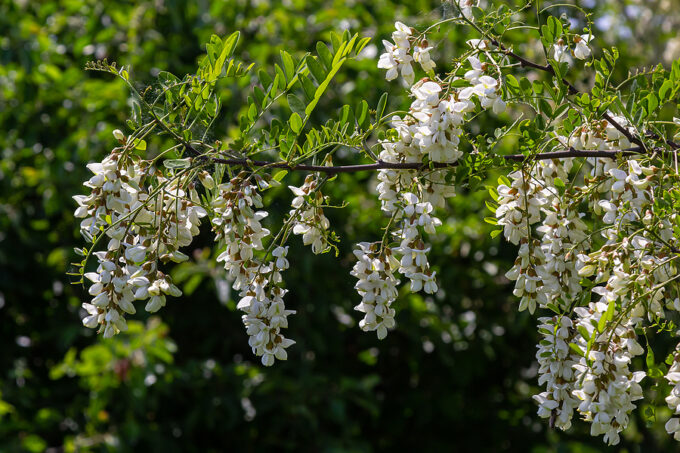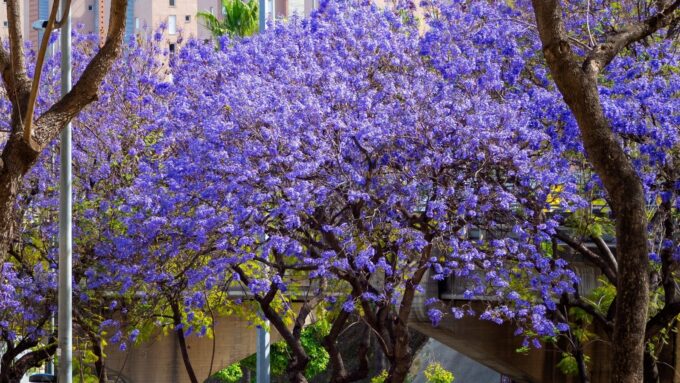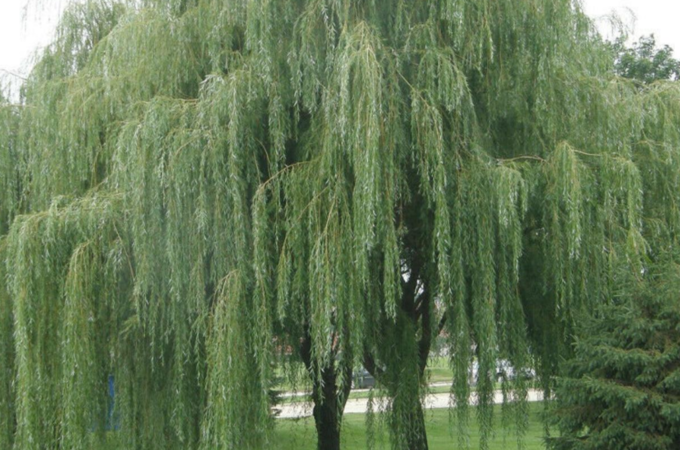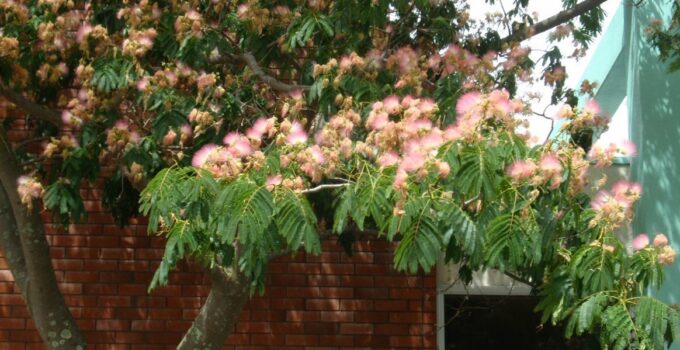Imagine a garden where the plants hold up even through the driest days. The soil stays undisturbed, the greenery remains, and the landscape exudes calm. Drought-tolerant trees can bring that transformation to any garden. They work in harmony with the environment, conserve water, and reduce upkeep. It’s like having a natural barrier that shelters from the heat while bringing life and beauty to every corner of your space.
Whether you’re looking to create shade, add seasonal color, or build privacy, drought-tolerant trees offer more than just greenery. They change a landscape by adding resilience and reducing water use. In this guide, we’ll explore why they matter, their aesthetic and practical benefits, and how to bring the right types into your garden.
Key Points
- Drought-resistant trees thrive in low-water settings.
- They create natural privacy and shade.
- They add seasonal interest with minimal maintenance.
- They help reduce water bills.
- Options vary in size, shape, and color for every garden style.
What Are Drought-Tolerant Trees?

Source: acompletetreecare.com
Drought-tolerant trees have evolved to survive with minimal water. They’re designed to withstand dry periods and continue growing without the need for constant watering. Some have thick leaves that lock in moisture, while others have roots that dig deep for water. They bring nature’s resilience to your garden, allowing you to enjoy a green space without the constant need for irrigation.
In climates where water conservation matters, choosing drought-tolerant varieties is both environmentally sound and practical. With a smart selection of options, you can shape your garden to thrive, no matter the season.
Benefits of Drought-Tolerant Trees
A drought-tolerant landscape isn’t just practical—it’s visually striking. These trees can turn a simple garden into a rich, layered space. They create a balanced environment that supports local wildlife, reduces soil erosion, and brings seasonal beauty.
- Conserve Water: Using drought-resistant trees means less dependence on artificial watering. Over time, this saves on water bills and contributes to the environment.
- Lower Maintenance: Without constant care, pruning, or watering, they provide a worry-free solution for your landscape.
- Natural Shade and Cooling: Large canopies offer natural shelter from the sun, reducing the need for air conditioning indoors and creating cool, shaded spots outside.
Creating Privacy with Drought-Tolerant Trees
Privacy is crucial in outdoor spaces. Strategically placed drought-tolerant options create a natural barrier that blocks noise, filters pollution, and provides peace. For anyone looking to build a secluded space, tall-growing varieties can act as a green wall.
You don’t need a hedge to make your yard private. Large drought-tolerant options, such as cypress or acacia, create a natural screen that shields from neighbors without closing in the space.
Fast-Growing Options for Quick Impact
When seeking quick results, it’s best to select fast-growing drought-tolerant varieties. They bring life to a garden in just a few years, offering an immediate impact that transforms barren yards into lush landscapes. For those eager to buy garden plants online, Tree Nursery offers a range of native options to jumpstart your garden project.
Fast-growing options create shade sooner, block out the sun’s intense rays, and quickly provide privacy. This means less waiting, more immediate beauty, and a welcoming space ready to be enjoyed.
Seasonal Color and Beauty
Drought-resistant trees go beyond basic greens. They bring an array of colors through the seasons—reds, yellows, purples. Their natural tones shift through the year, offering dynamic, ever-changing visuals that keep a garden vibrant.
Japanese maple, redbud, or desert willow are excellent choices. Their flowers and foliage add seasonal interest, making them as attractive in the fall as they are in the spring. They provide beautiful backdrops, color accents, and a textured landscape without needing much water.
Reducing Soil Erosion
Soil erosion often affects gardens in windy or sloped areas. Drought-resistant varieties anchor the soil with their deep roots, making them perfect for such settings. They stabilize the ground, hold soil in place, and reduce erosion, maintaining a solid foundation for other plants.
A landscape with drought-resistant trees doesn’t shift or break down over time. Their roots support the soil, making it easier to maintain other plants and flowers.
Choosing the Right Drought-Tolerant Tree for Your Garden

Source: epicgardening.com
Picking the best variety depends on factors like space, sunlight and aesthetic goals. When selecting a tree, consider size, leaf type, and growth habit. Research the species that fit well with your garden layout and climate. For instance, if you live in a warm region, species like mesquite or olive adapt well to dry conditions. If privacy is your goal, try varieties with dense foliage that naturally block views.
Make sure each choice aligns with the landscape you envision. Matching the tree type to your space’s characteristics maximizes their impact and helps them thrive long-term.
Practical Steps for Planting Drought-Tolerant Trees
- Evaluate Your Space: Identify sunlight, soil type, and garden size before choosing your trees. Knowing these details helps in selecting the best match.
- Choose Native Varieties: Native drought-resistant options adapt better to local soil, temperature, and rainfall conditions. They often require less water than non-native species.
- Prepare the Soil: Loosen soil and add organic matter if necessary. Ensure the ground is well-drained; waterlogged soil will harm drought-tolerant varieties.
- Plan for Growth: Place each tree considering its mature size to avoid overcrowding. Allow space for roots to spread and branches to grow.
- Water Wisely: Establish new plants by watering them deeply but less frequently. Once rooted, they need very little irrigation, even in dry spells.
- Mulch for Moisture: Mulching helps conserve water, suppresses weeds, and stabilizes soil temperature. Spread a layer around each tree to protect the roots.
FAQs
1. Are drought-tolerant trees suitable for small gardens?
Yes, there are compact varieties perfect for smaller spaces that still offer shade, beauty, and resilience.
2. Do they attract wildlife?
Many drought-tolerant trees attract pollinators like birds, bees, and butterflies, adding life to any garden.
3. How often should they be watered?
They need water only during establishment, then they can thrive with occasional watering during extreme droughts.
4. Can they survive cold winters?
Some types are cold-resistant, but check each tree’s hardiness before planting in colder climates.
5. Are they available in colorful options?
Absolutely, with choices that offer a range of seasonal colors and vibrant flowers.
Closing Thoughts

Source: pelicanrope.com
Drought-tolerant trees open up a world of possibilities for creating beautiful, sustainable landscapes. They bring privacy, color, and resilience while reducing water use and maintenance. With thoughtful selection and placement, anyone can create a yard that thrives with minimal effort and maximum impact. Transform your garden into a lasting retreat by planting trees that make your space come alive.







